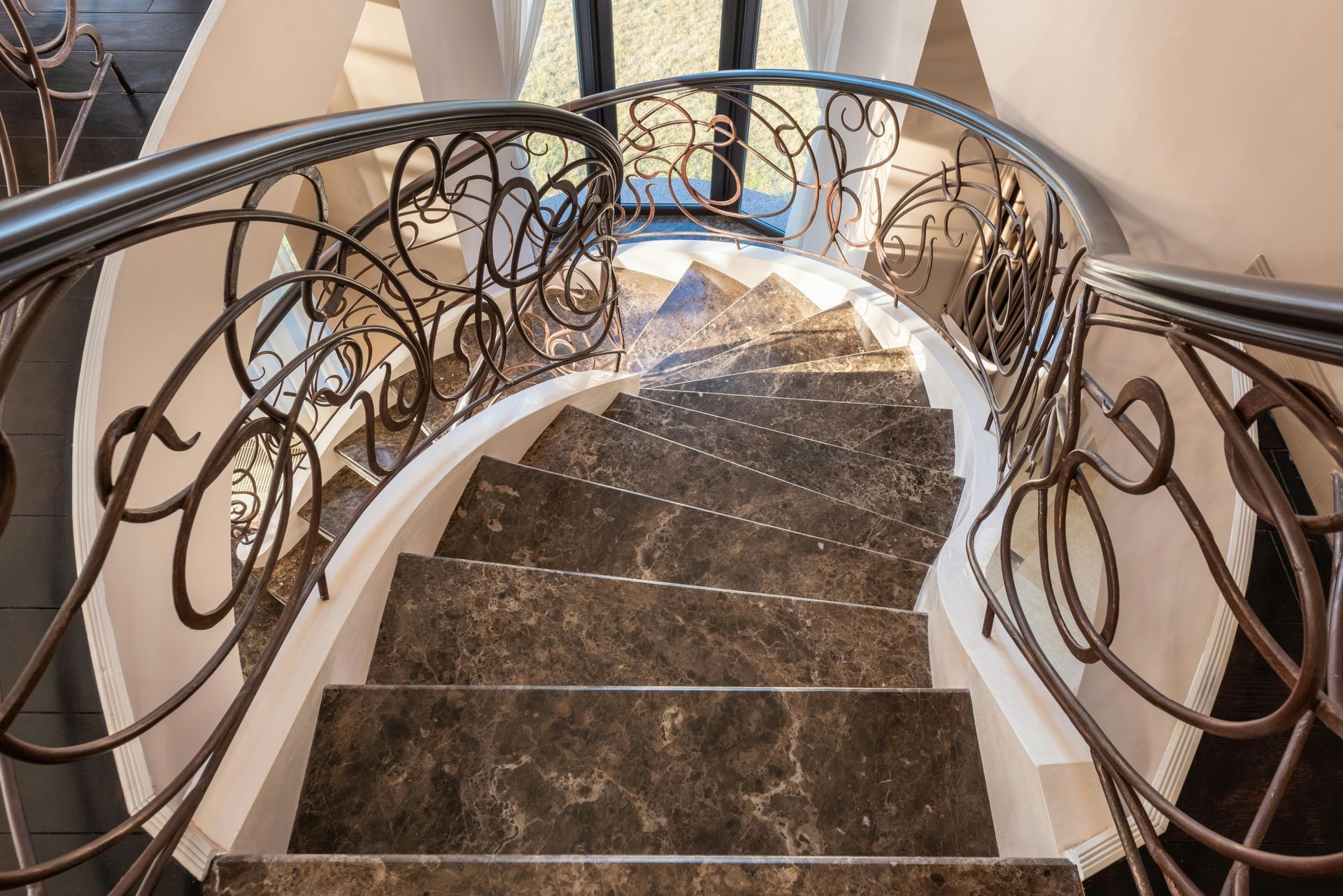How to Finance Property with Non-Standard Construction in 2025
From Concrete Panels to Steel Frames and Modular Builds, Non-Standard Construction Affects Mortgageability. This Guide Explains How Lenders Assess These Properties in 2025
When buying a home, most people focus on price, location, or layout. But one factor that can make or break your mortgage? How the property is built.
In 2025, lenders continue to restrict borrowing on homes with non-standard construction—especially if they involve materials or techniques that raise structural or resale concerns.
Whether you're buying an ex-local authority flat, a modular eco-home, or a concrete terrace from the 1950s, understanding how lenders assess non-standard construction is critical to securing finance.
What Is Non-Standard Construction?
Standard construction typically means:
- Brick or block walls
- Tiled or slated pitched roof
- Timber joists and conventional foundations
Non-standard construction includes anything that deviates from this—such as:
- Precast Reinforced Concrete (PRC)
- Steel or timber frame construction
- Concrete panel or no-fines construction
- Flat roofs (particularly with asphalt or felt finish)
- Cladded buildings
- Modular or factory-built homes (MMC)
- Thatched or zinc roofs
- Prefabs or post-war system-built properties
Some of these are historic, others are cutting-edge—but both can trigger caution with lenders.
Why Lenders Are Wary
Lenders assess risk to resale and recovery, not just structural integrity. Key concerns include:
- Degradation risk: Certain materials—especially PRC—can weaken over time
- Lack of comparables: Makes valuation harder if the property is rare or bespoke
- Insurance issues: Non-standard homes can be harder (or more expensive) to insure
- Historic defects: Some construction types are associated with known problems (e.g. BISF, Wimpey No-Fines)
- Cladding: Post-Grenfell, external materials on flats are still under intense scrutiny
In short: even if the property looks fine, surveyors and lenders may still decline it—or demand a specialist report.
What You Can Do to Secure Finance
🔹 1. Get a Full Structural Survey
Don’t rely on a basic mortgage valuation. A full RICS survey can:
- Clarify the construction type
- Identify any defects or past repairs
- Flag risks before lenders do
🔹 2. Know Which Construction Types Raise Red Flags
Some types are flat-out rejected by many lenders, such as:
- Unrepaired PRC homes
- Large-panel system (LPS) tower blocks
- Properties with combustible cladding
Others may be accepted if repaired or certified, such as:
- Wimpey No-Fines
- BISF (steel frame)
- Cornish Units (with PRC repairs)
🔹 3. Use Specialist Lenders
Some lenders specialise in non-standard construction and:
- Use manual underwriting
- Accept RICS-certified repairs
- Offer bridging loans for purchase-then-repair strategies
We regularly place cases with these lenders—often overlooked by high street banks.
Modular Homes and MMC in 2025
New builds using Modern Methods of Construction (MMC)—including modular and SIPs (structural insulated panels)—are growing in popularity.
While many are high-quality, lenders want:
- Full building warranties
- Confirmation of mortgageability
- Clear planning and compliance documentation
Without these, securing finance may be difficult—even for brand-new properties.
Case Study: Concrete Construction Decline
A Willow client had an offer accepted on a spacious 3-bed in Hampshire. The mortgage application was progressing until the lender’s surveyor flagged the construction as unrepaired Airey concrete panels—an automatic decline.
We moved quickly to source a lender who accepted PRC construction with warranty-backed repairs, and the client proceeded after negotiating a reduction in price. Without specialist guidance, the purchase would have collapsed.
How Willow Private Finance Helps
We regularly support clients who:
- Are surprised by a lender decline due to property type
- Want to buy ex-local authority or older council homes
- Are purchasing modular or eco-builds
- Need bridging finance while repairs or certification are arranged
- Require lenders with flexibility on construction and valuation
We know which lenders to approach—and how to present your case clearly to underwriters.
📞 Want Help Navigating Today’s Market?
Book a free strategy call with one of our mortgage specialists.
We’ll help you find the smartest way forward—whatever rates do next.
Important: Your home may be repossessed if you do not keep up repayments on your mortgage or any other debt secured on it. The Financial Conduct Authority does not regulate some forms of specialist property or bridging finance. The content of this blog is for information purposes only and does not constitute personalised financial advice. Always seek professional advice before taking any action.










